Introduction and Background
The Tacklr project originated from a simple yet powerful idea: to connect people who need help with everyday tasks to those willing and able to offer assistance. Developed by Group 8888 as part of the TPK4115 Practical Project Management course, Tacklr is a prototype for a peer-to-peer task marketplace. The goal was to build a platform that simplifies small job exchanges by enabling users to post, accept, and complete tasks with ease. The team aimed to provide an inclusive, user-friendly experience grounded in market needs. Tacklr was born from one member’s initial concept and matured into a functional prototype supported by market research, stakeholder feedback, and iterative design. Through the course of the project, the team not only created a working solution but also explored the full lifecycle of product-oriented project work, including planning, risk assessment, communication, and evaluation.
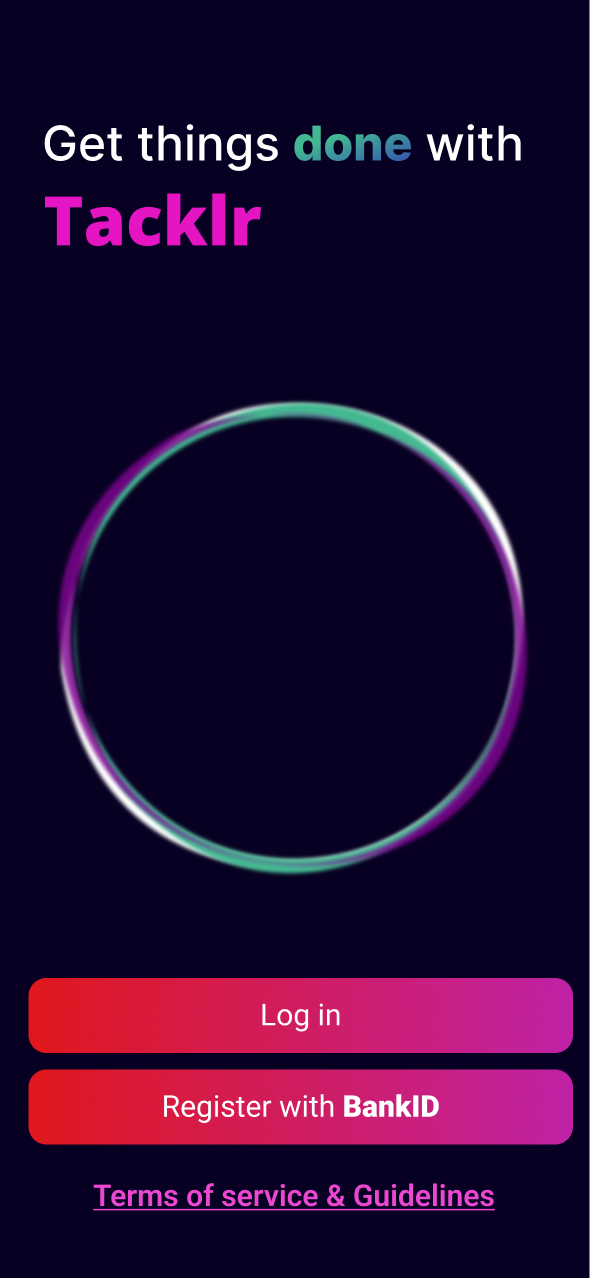
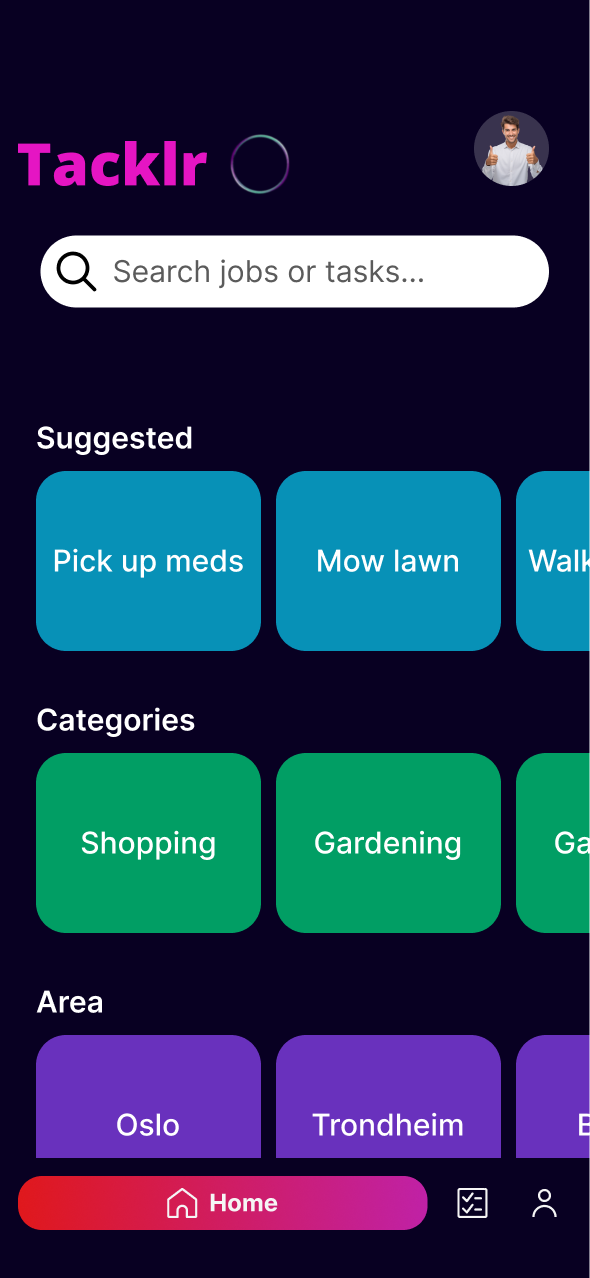
The Problem
Tacklr was designed to address a growing societal gap: many people, particularly older individuals or those with limited time or mobility, struggle to manage small but essential tasks. Simultaneously, younger demographics often seek flexible, low-barrier job opportunities. However, no efficient and trustworthy platform existed to bridge this platform in a simple, scalable way. The group identified this mismatch and set out to create a service that provides reliable help for those in need while offering accessible work to those looking for it. In developing Tacklr, the team encountered real-world project challenges: unclear role definitions, communication difficulties in a large group (8 students), and underestimated people- and organization-related risks. These challenges, alongside shifting assumptions about user needs (particularly for older users), underscored the importance of understanding the full context in which a digital product operates, not just its technical feasibility.
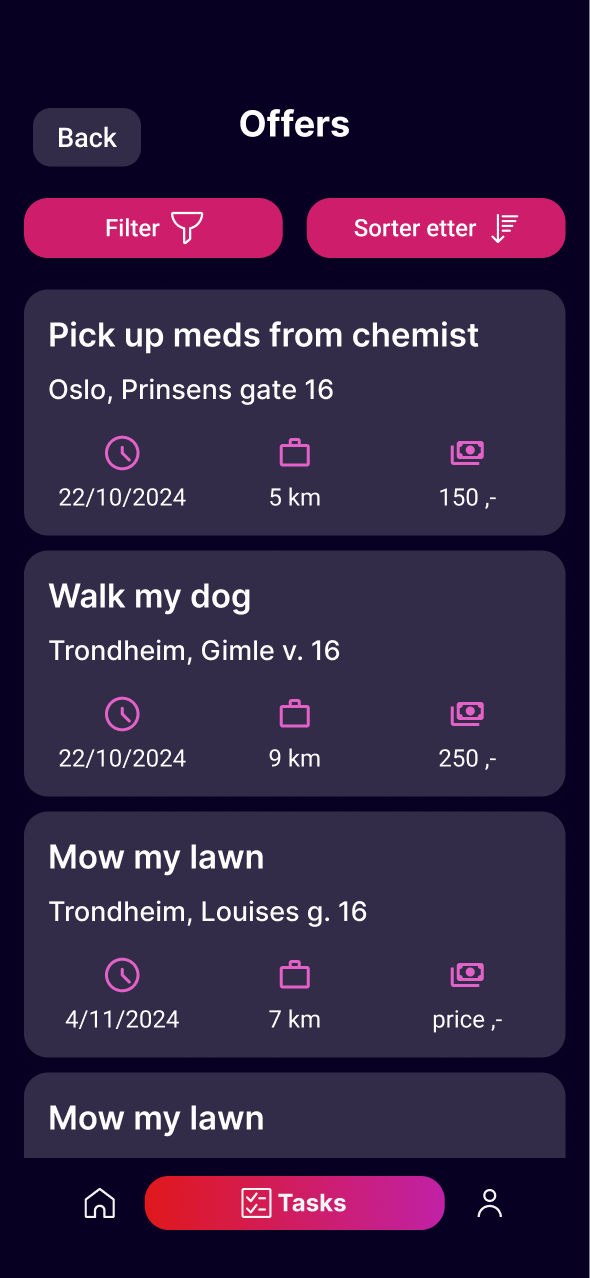
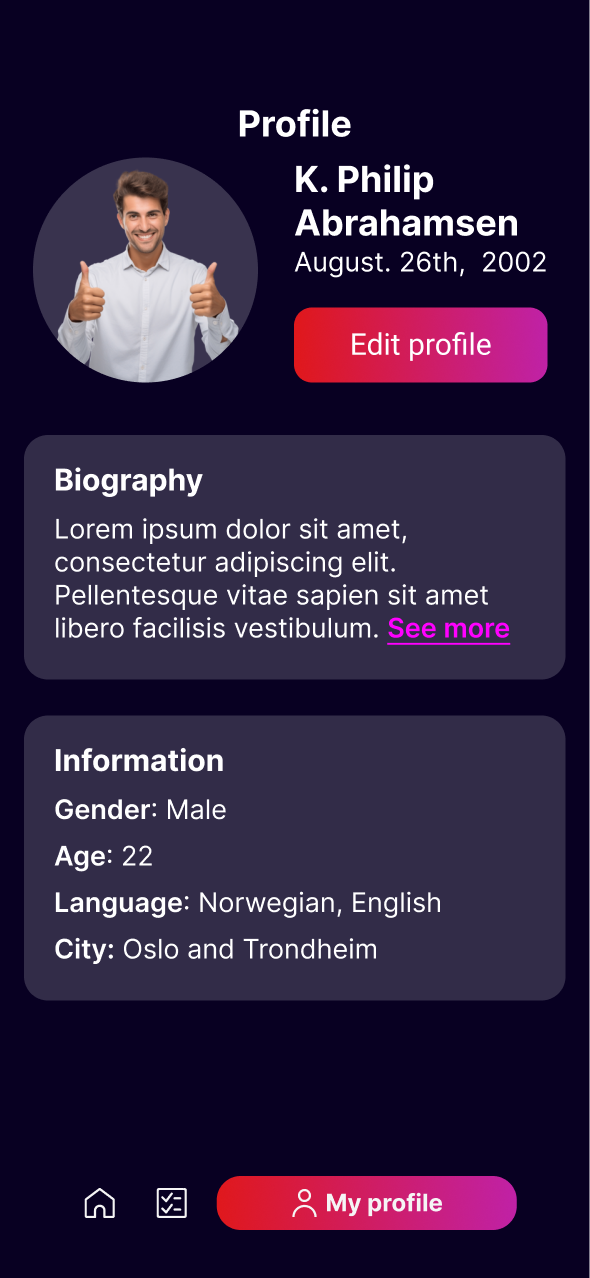
The Design Process
The team followed a predictive project lifecycle with clearly defined deliverables, progressing through phases of ideation, planning, development, and evaluation. Early brainstorming sessions helped the group align on a product idea, after which responsibilities were distributed across roles such as product manager (me), risk managers, HR manager, responsible for deliverables and tester. Although the flat team structure encouraged open dialogue and autonomy, it also led to uneven task distribution and unclear ownership in some areas. Risk management initially focused too heavily on technical threats, overlooking interpersonal and organizational challenges that later proved significant. Communication practices evolved from over-reliance on Facebook Messenger to more effective, structured meetings with documented decisions. User research through surveys helped define two distinct user groups (younger service providers and older task posters), guiding the design of a high-fidelity prototype. User testing revealed usability issues, especially among older users, leading to insights that informed interface refinements and future development plans.
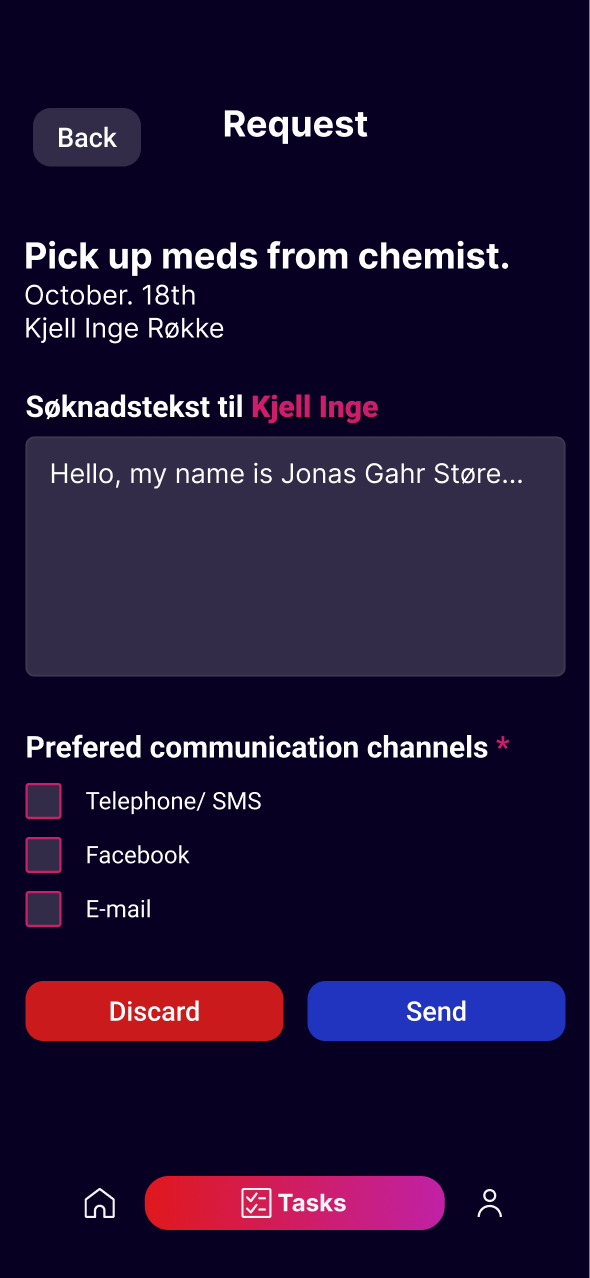
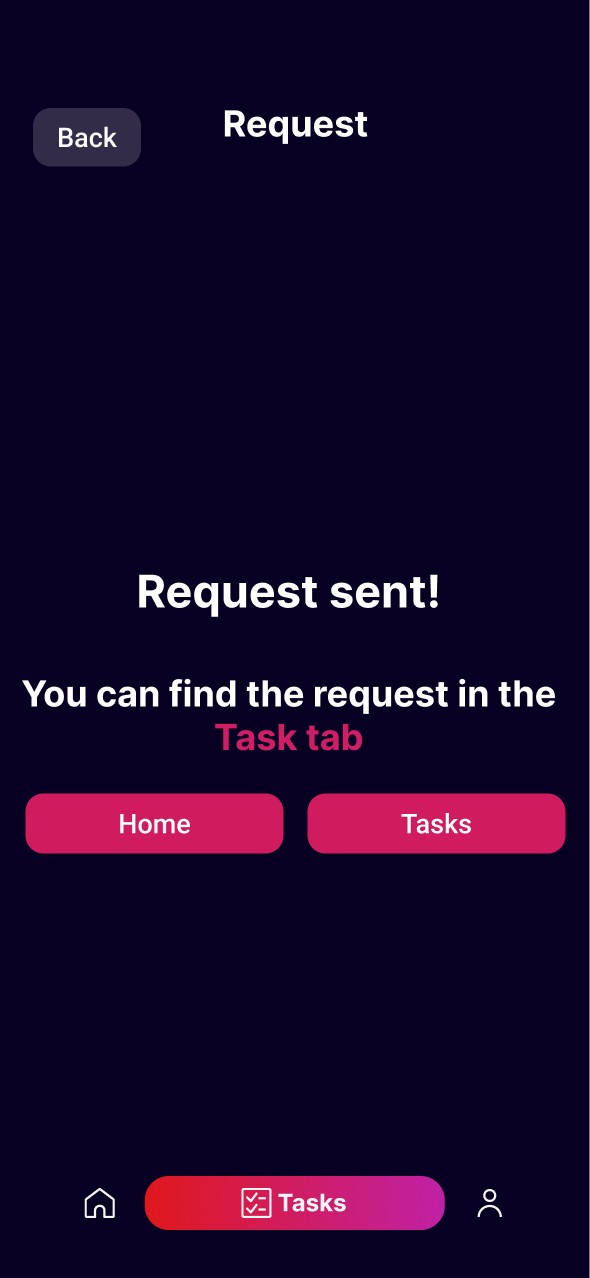
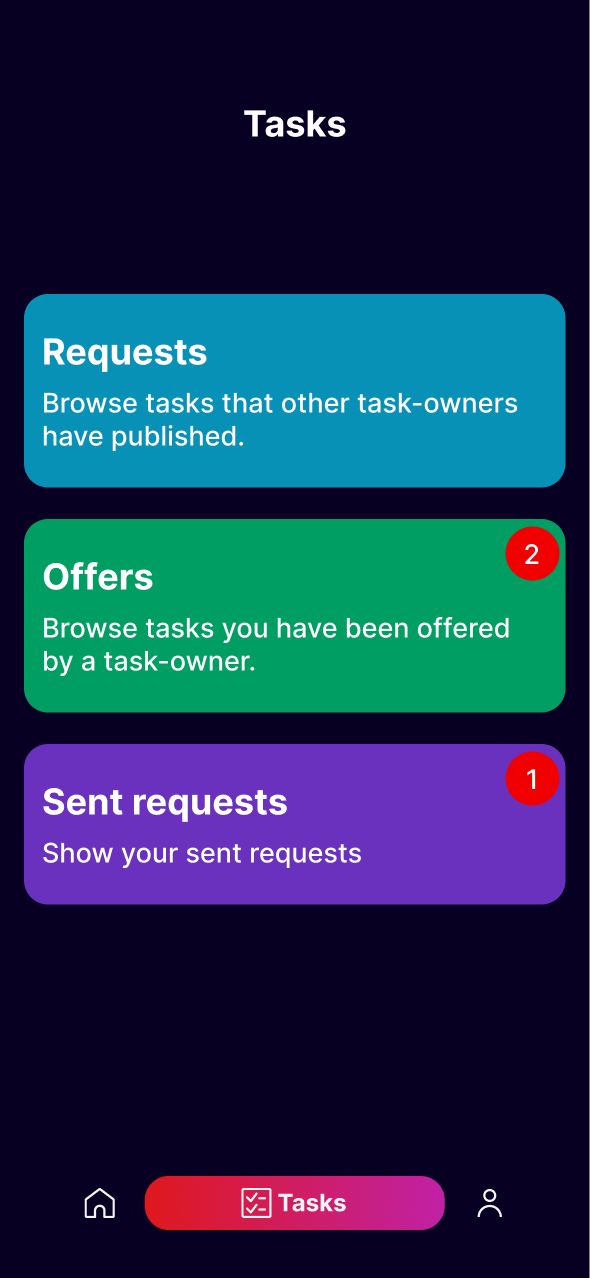
The Result
The final outcome was a functional, high-fidelity prototype of Tacklr: a job exchange app designed with user segmentation, trust-building features, and accessible functionality. The interface allows employers to post jobs and employees to apply, all within a streamlined environment enhanced by a review system to ensure reliability. While the prototype succeeded in illustrating core functionality, testing revealed usability gaps, particularly in navigation and comprehension among older users. These insights highlighted the risk of designing based on assumptions rather than data. Despite limitations, the team considers the result a success, meeting most original goals and confirming the market potential for the concept. The project also led to significant personal and professional growth within the team, particularly around adapting to large-group collaboration, reevaluating problem-first mindsets, and embracing iterative learning. Tacklr stands as a strong foundation for future development, with the potential to become a real-world application pending further refinement, technical implementation, and inclusive user testing.